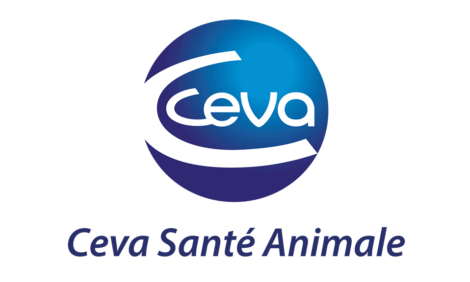



Doctors Warn of H9 Flu Danger to Human Health
CHINA - In a letter to New England Journal of Medicine, doctors in China and Hong Kong warn of the potential risk of H9 avian influenza virus to public health following their study of antibodies against H5 and H9 avian influenza among poultry workers in China.In a letter to the New England Journal of Medicine, Wang and Fu (Guangzhou Center for Disease Control and Prevention) and Zheng (University of Hong Kong) explain that human infection with the H5N1 or H9N2 avian influenza virus has been reported in the city of Guangzhou in southern China. To assess the risk of avian influenza virus infection among humans, they conducted a serologic surveillance study in Guangzhou. A total of 2191 healthy persons were recruited from 230 workplaces and seven types of occupations from March 2007 through July 2008. This study was approved by the ethics committee of the Guangzhou Center for Disease Control and Prevention, and written informed consent was obtained from the subjects.
Serum samples obtained from these subjects were assayed for antibodies against H5 and H9 avian influenza virus with a haemagglutination-inhibition assay containing four haemagglutination units of inactivated H5N2 virus strain A/Turkey/England/N28/1973 and H9N2 virus strain A/Chicken/Shandong/6/1996. The results were further confirmed, as described previously by means of a neutralisation assay against 100 tissue-culture infective doses of H5N1 strains A/Hong Kong/486/1997 and A/Vietnam/1194/2004 and H9N2 strain HK/2108/2003.
The prevalence of anti-H5 antibodies was 0.2 per cent and the prevalence of anti-H9 antibodies was 4.5 per cent. All anti-H5–positive persons were poultry retailers or wholesalers, but anti-H9–positive persons were identified in all study groups in this cohort. It has been reported that H5N1 and H9N2 viruses were co-circulating among poultry and humans in markets.
The results show that the positive rate of anti-H5 antibodies was much lower than that of anti-H9 antibodies among poultry retailers (0.8 per cent versus 15.5 per cent; P<0.001) and among wholesalers (0.8 per cent versus 6.6 per cent; P=0.001). This difference may be attributed to the wide use of H5 vaccine in poultry, whereas vaccination against H9 is not available. In addition, H9 avian influenza virus infection in poultry is usually asymptomatic and associated with virus shedding.
Given that reassortant of H9N2 with other subtypes of avian influenza virus has been reported to occur in southern China [5], the finding highlights the potential risk of H9 avian influenza virus to public health.
The anti-H9–positive rate was highest among poultry retailers (15.5 per cent), and this rate was significantly higher than the rate among the other six groups (P<0.006). The significantly higher anti-H9–positive rate among poultry retailers than among other retailers in the same markets (15.5 per cent versus 1.8 per cent; P<0.001) may be due to the direct contact of poultry retailers with live birds, particularly during the slaughter of poultry. It also suggests that transmission of H9 avian influenza virus in the markets was mainly through poultry-to-human but not human-to-human contact.
The anti-H9–positive rate was also significantly higher among poultry retailers than among wholesalers (15.5 per cent versus 6.6 per cent; P=0.002). This difference may be attributed to the fact that retailers purchased different species of poultry from multiple wholesalers; thus, control of poultry-to-poultry transmission of avian influenza virus in markets with live poultry may be important to the prevention of avian influenza virus infection in humans.
Reference
Wang, M., C-X Fu and B-J Zheng. 2009. Antibodies against H5 and H9 Avian Influenza among Poultry Workers in China. New England Journal of Medicine, 360: 2583-2584.
Further Reading
| - | You can view the full report by clicking here. |
Further Reading
| - | You can visit the Avian Flu page by clicking here. |








